A stroke can take away 3.7 years of life in an hour. After a stroke, the brain can age by the equivalent of 37 years of natural aging.
The Stroke Center, Bach Mai Hospital has just admitted 7 cases of stroke recurrence to the emergency room. Specialist II Doctor Nguyen Tien Dung, Deputy Director of the Stroke Center, Bach Mai Hospital, said that the 7 cases of recurrence that have just been admitted to the emergency room have all stopped taking medication, and are all more severe than the previous time, including both young and old people. Subsequent strokes will certainly be more severe than the previous time.
 |
| Stroke takes 3.7 years off a person's life in one hour. |
Specialist II Doctor Nguyen Tien Dung said that on average, the Center receives 50-60 severe stroke cases transferred from other hospitals every day, including many patients who are very subjective about their health.
According to this expert, stroke patients after being treated and stabilized are all carefully instructed about taking medication to prevent recurrence and complying with follow-up visits on schedule.
However, many people are subjective about their health, skipping check-ups and forgetting to take medication. High blood pressure is the leading risk factor for stroke, but many people are almost unaware of their blood pressure index, do not get checked and do not measure their blood pressure. Some people know they have high blood pressure, but subjectively ignore it, causing them to face a worse health situation.
Therefore, Dr. Dung emphasized that people who have had a stroke must strictly follow the doctor's instructions. People must know how to recognize stroke symptoms, listen to their bodies and remember the signs of a stroke; when they suspect they are having a stroke, they must be quick and urgent, do not hesitate to waste time and go to the hospital immediately.
People should measure their blood pressure regularly (including young people) and remember their blood pressure readings as if they were their age to prevent stroke and other complications of high blood pressure such as heart failure, aortic aneurysm and dissection, myocardial infarction, etc.
To help stroke patients recover, according to experts, the family is the best place for stroke patients in the recovery process. Stroke patients should be brought home as soon as possible. The best time to recover from a stroke is in the first few months.
Patients will gradually stabilize after 3 to 6 months and a small percentage of patients still have a chance to recover in the next one to two years. Rehabilitation after a stroke is a process that requires perseverance and continuous practice.
Exercise, sports or any activity that requires physical effort is always encouraged. However, each patient should listen to their body when it comes to exercise and how much to exercise.
Bach Mai Hospital representative shared that exercise is an important part of stroke rehabilitation. Patients need to spend 5-10 minutes warming up (including warming up with exercises in bed).
Suitable sports: walking outdoors or on a treadmill; stationary cycling; walking along a paved path or taking the stairs.
The minimum frequency of exercise is 3 times/week (preferably most days of the week). In terms of intensity, if calculated on a scale of 10, the patient should exercise at level 4 - 5. The ideal time for each exercise session is 20-30 minutes.
Diets high in saturated fat, trans fat, and cholesterol can raise blood cholesterol levels. Diets high in salt can contribute to high blood pressure. High-calorie diets can contribute to obesity. So, healthy eating habits can help you reduce your risk factors for stroke.
The American Heart and Stroke Association has made dietary recommendations, specifically a diet rich in fruits and vegetables, choosing whole grains, and high-fiber foods.
Reduce meat in your diet so that at least 50% of your diet is fruits and vegetables; 25% is high-fiber grains. Eat fish at least twice a week. Choose fish rich in omega 3 such as salmon or tuna. Limit cholesterol, saturated fat and trans fat.
Choose lean meats and poultry and avoid saturated or trans fats when preparing food.
Avoid drinks and foods with added sugars. Choose and prepare foods with salt-free or reduced-salt seasonings and seasoning mixes. Learn to read food labels. This will help you choose items with less than 140 mg of sodium per serving.
Limit alcohol as much as possible because it can interact adversely with some medications that patients are using to prevent stroke recurrence (such as warfarin). Alcohol abuse will increase blood pressure, thereby increasing the risk of stroke recurrence.
However, there should be no problem with moderate alcohol intake (ie around 1 - 2 standard units of alcohol per day; equivalent to 100ml of wine or a 30ml shot of spirits).
Regarding the question of when can you return to work? Experts advise that after a stroke, patients often feel tired and have difficulty concentrating or performing physical activities.
The patient should begin by working part-time, and then evaluate the effectiveness of the work to decide. Ultimately, the patient is the best judge of whether or not to return to work (unless they have severe cognitive impairment and disability).
Source: https://baodautu.vn/canh-bao-cac-ca-dot-quy-nao-tai-phat-d219016.html




![[Photo] Prime Minister Pham Minh Chinh chairs meeting to deploy overcoming consequences of storm No. 10](https://vphoto.vietnam.vn/thumb/1200x675/vietnam/resource/IMAGE/2025/10/3/544f420dcc844463898fcbef46247d16)

![[Photo] Students of Binh Minh Primary School enjoy the full moon festival, receiving the joys of childhood](https://vphoto.vietnam.vn/thumb/1200x675/vietnam/resource/IMAGE/2025/10/3/8cf8abef22fe4471be400a818912cb85)





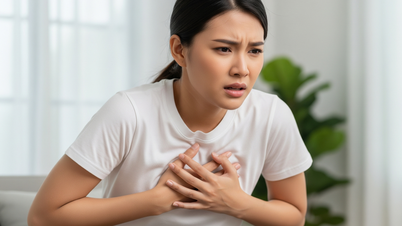



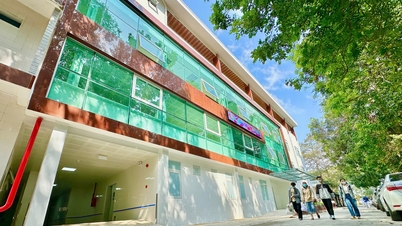

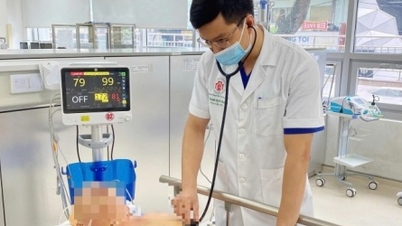


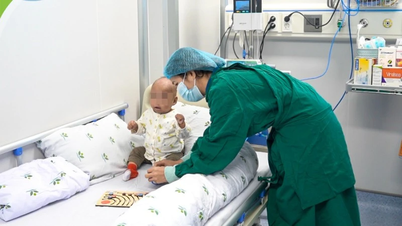
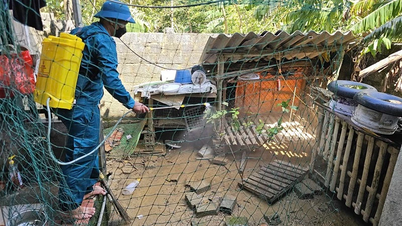












































































Comment (0)